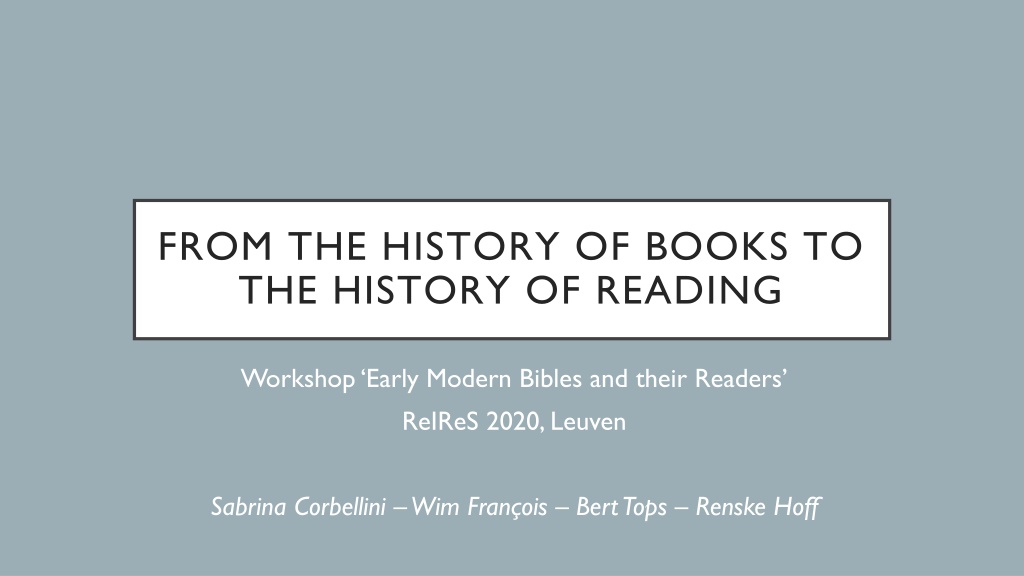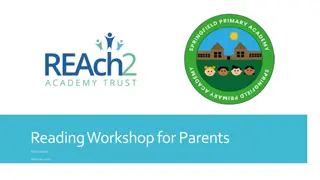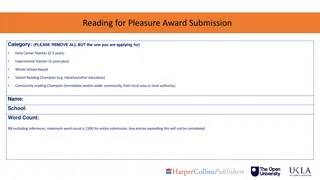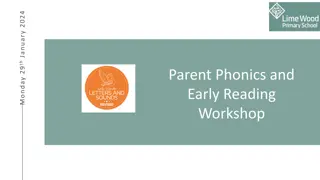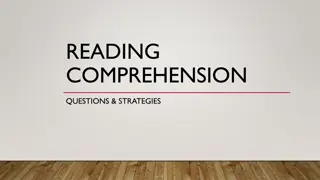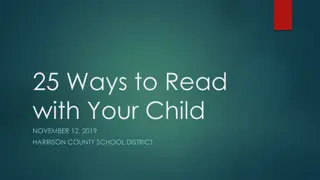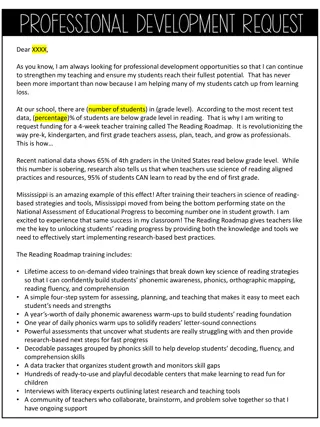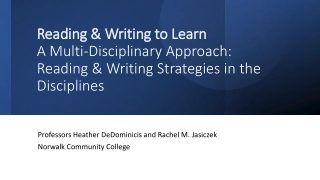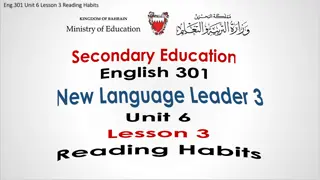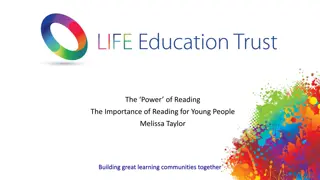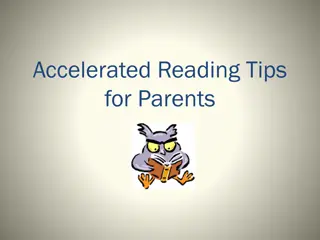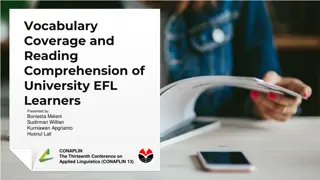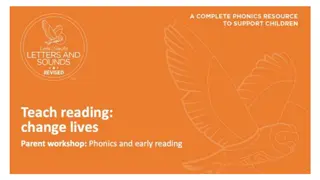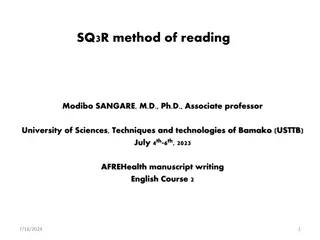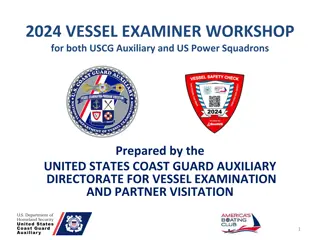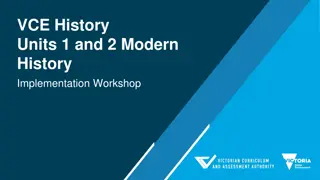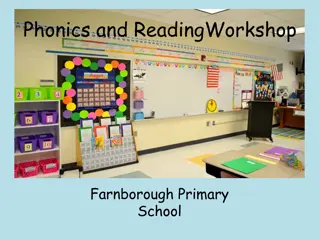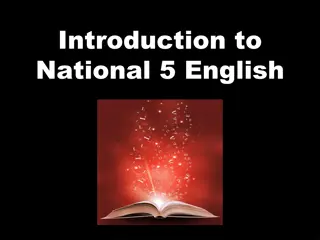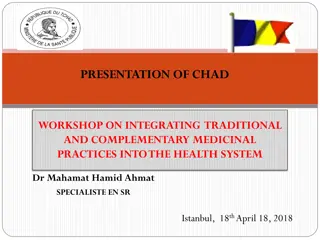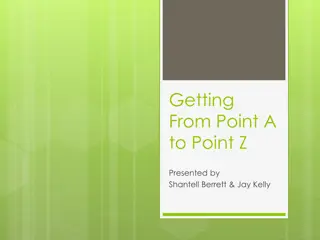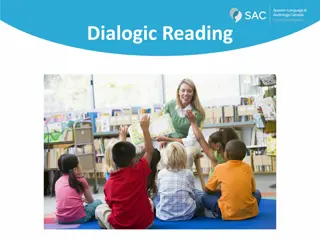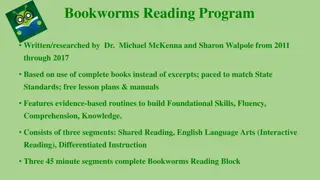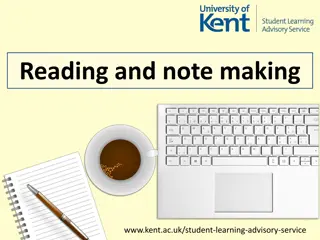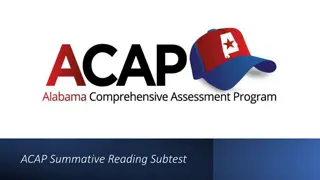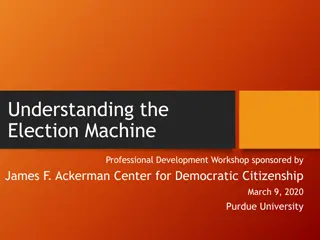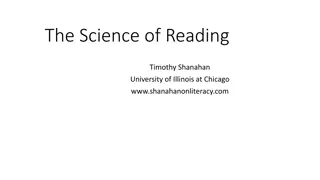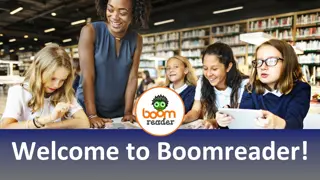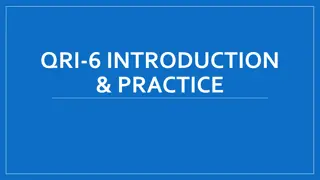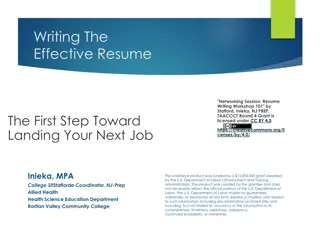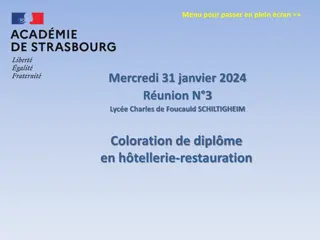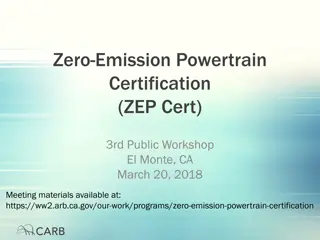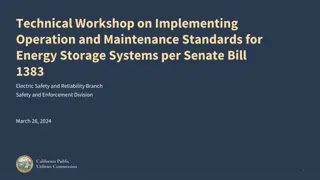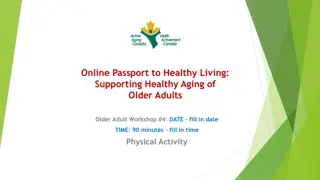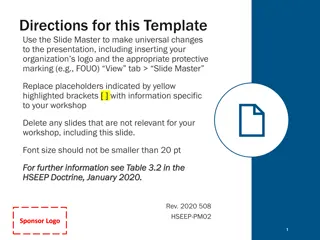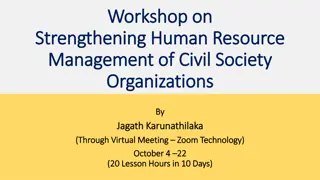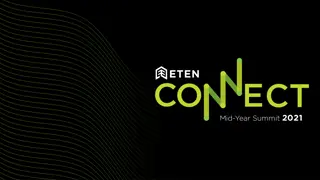Workshop on Early Modern Bibles and Readers - Insights on Reading Practices
Explore the history of reading through the lens of early modern Bibles and their readers. Discover research methods, strategies, and the cultural significance of books as agents and objects. Delve into the practices and techniques of reading, emphasizing gestures, spaces, and interpretations.
Download Presentation

Please find below an Image/Link to download the presentation.
The content on the website is provided AS IS for your information and personal use only. It may not be sold, licensed, or shared on other websites without obtaining consent from the author. Download presentation by click this link. If you encounter any issues during the download, it is possible that the publisher has removed the file from their server.
E N D
Presentation Transcript
FROM THE HISTORY OF BOOKS TO THE HISTORY OF READING Workshop Early Modern Bibles and their Readers ReIReS 2020, Leuven Sabrina Corbellini Wim Fran ois Bert Tops Renske Hoff
2 HISTORY OF READING Text Analysis Book History Cultural History Roger Chartier, Laborers and Voyagers: From the Text to the Reader (1992)
READING AS A PRACTICE Reading as a practice Readable space (texts in their material and discursive forms) and actualization (concrete practices and interpretative procedures) Gestures Spaces - Habits
4 RESEARCH METHODS AND STRATEGIES Robert Darnton, First steps towards a history of reading : Reading has a history. How can we recover it? Searching readers traces Instructions by authors in prologues; relevance of paratextual elements Macro-analytic and micro-analytic Private and public ideals and assumptions
5 RESEARCH METHODS AND STRATEGIES Manuals Advertisement Censorship Teaching Ego-documents; autobiographies Literary Theories (Rezeptions sthetik, Hans Robert Jauss)
6 TEXT AND MATERIAL BOOK Whatever they may do, authors do not write books. Books are not written at all. They are manufactured by scribes or other artisans, by mechanics and other engineers, and by printing press and other machines (Stoddard, Morphology and the Book from an American Perspective , Printing History 9 (1987), 4) Form and Function
BOOKS AS CULTURAL AGENTS; BOOKS AS CULTURAL OBJECTS Reading as an activity and a process (otium/negotium) Reading as a t chn Reading as a spatial activity, geographies and cartographies of reading Reading as a performative activity Emphasis on journey, movements and transformations
LEARNING TO READ H. Manuwald, How to Read the Andachtsbu chlein aus der Sammlung Bouhier (Montpellier, BU Medecine H 396)? On Cultural Techniques Related to a Fourteenth-Century Devotional Manuscript , in E. Stead (ed.), Reading Books and Prints as Cultural Objects (2018) 57-79, p. 59: Reading is linked to technique in a twofold way: on the one hand the operation depends on artefacts of culture created with the help of technology; on the other hand it is a culturally determined procedure, that is, a technique in the sense of accomplishment. The meaning of the ancient Greek word t chn already implies this aspect of artistry , an aspect especially relevant to periods in which particular forms of reading were limited to elites. Approaching cultural techniques as cultural accomplishments, one can therefore also ask what one needs to know in order to handle a particular object or follow its implicit instructions
TEXT AND PARATEXT 9 G rard Genette and Marie Maclean, Introduction to the Paratext , New Literary History 22-2 (1991) 261-272 THE LITERARY WORK consists, exhaustively or essentially, of a text, that is to say (a very minimal definition) in a more or less lengthy sequence of verbal utterances more or less containing meaning. But this text rarely appears in its naked state, without the reinforcement and accompaniment of a certain number of productions, themselves verbal or not, like an author's name, a title, a preface, illustrations. One does not always know if one should consider that they belong to the text or not, but in any case they surround it and prolong it, precisely in order to present it, in the usual sense of this verb, but also in its strongest meaning: to make it present, to assure its presence in the world, its "reception" and its consumption, in the form, nowadays at least, of a book. Thus the paratext is for us the means by which a text makes a book of itself and proposes itself as such to its readers, and more generally to the public. Rather than with a limit or a sealed frontier, we are dealing in this case with a threshold, or-the term Borges used about a preface-with a "vestibule" which offers to anyone and everyone the possibility either of entering or of turning back. "An undecided zone" between the inside and the outside, itself without rigorous limits, either towards the interior (the text) or towards the exterior (the discourse of the world on the text), a border, or as Philippe Lejeune said, "the fringe of the printed text which, in reality, controls the whole reading .
ANNOTATED BOOKS ONLINE https://www.annotatedbooksonline.com https://abo2.annotatedbooksonline.com/#binding-5-1 Lisa Jardine and Anthony Grafton Studied for Action": How Gabriel Harvey Read His Livy , Past and Present 129 (1990) 30-78.
ARCHAEOLOGY OF READING https://archaeologyofreading.org/wp-content/uploads/sites/21/2015/11/The- AOR-Broadside-Final.pdf https://archaeologyofreading.org https://archaeologyofreading.org/viewer/#aor/UclCastiglione1541/binding%20fr ont%20cover/image
IN READERS HANDS: EARLY MODERN DUTCH BIBLES FROM A USER S PERSPECTIVE University of Groningen & KU Leuven Bibles: Willem Vorsterman, Hendrick Peetersen van Middelburch, Jacob van Liesvelt 1522-1546, Antwerp 1546: Louvain Index Complete Bibles & New Testaments
INTERACTION BETWEEN BOOK AND READER Edition and copy Paratext and reader techniques Traces of reading and use, e.g. Ownership marks Added material Traces of censorship Annotations and markings Dog ears, colouring, stains, ripped pages
HANDS ON: IDENTIFYING AND INTERPRETING TRACES OF USE Four groups, four themes A. Ownership and identity Bert Tops B. Paratext and adaptation Renske Hoff C. Censorship and licenses Wim Fran ois D. Unintended traces or traceless use Sabrina Corbellini Two rounds, 40 minutes each Group A and B change places; group C and D change places
QUESTIONS TO ASK I. What traces do you find? How would you describe these? If textual: can you transcribe them? If you find none or few traces, how may this book still be of use to studying reading practice? II. How would you categorize this trace? Is it related or similar to other traces you have seen? III. Can you identity the user/hand and date the trace? If not: does the form and content of the trace tell you anything? IV. What is the interaction with the book? Can this trace be understood as a response to material, textual, paratextual or visual elements of the book? V. Is this trace connected to certain reading techniques?
